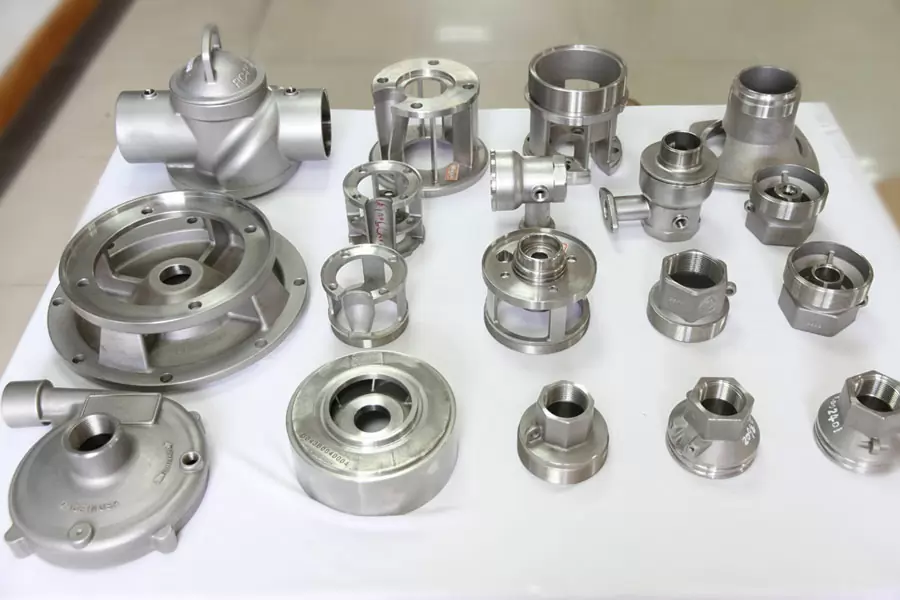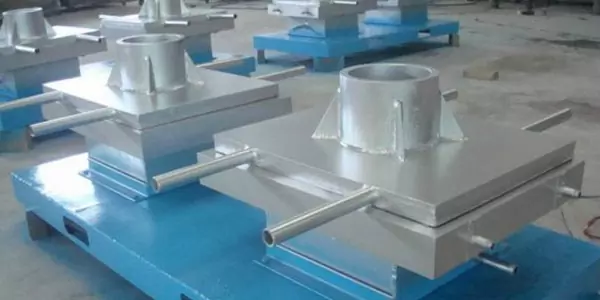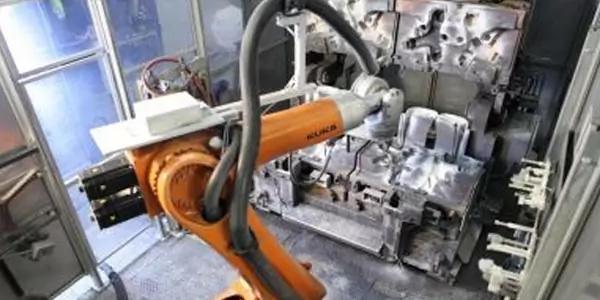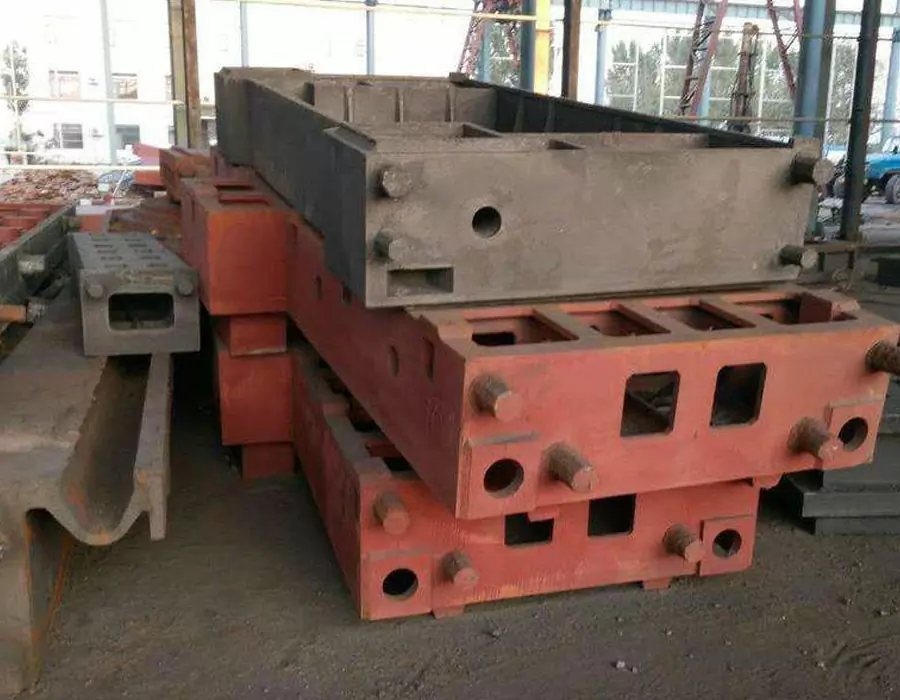
Permanent Mold Casting
During the metals casting process, a manufacturer uses heat and one (or more) molds to change the shape of a solid metal permanently. Liquid metal will cool into a shape determined by the mold, for instance.
>>>All uploaded drawings are strictly confidential, check the confidentiality agreement
What Is Permanent Mold Casting – Permanent Mold Casting Define
Permanent Mold Casting is a metal casting process that uses reusable molds (so-called “permanent molds”, generally made of metal). Using gravity to fill the mold is the most common method, called gravity casting, but there are also processes that use air pressure or vacuum.

There is also a variation of gravity casting, called the bitumen casting method, which is used to produce hollow castings. Commonly used casting metals include aluminum, magnesium and copper alloys. Other materials such as tin, zinc and lead alloys, as well as steel and iron will also be cast using graphite molds.In various applications that require mass production or replication projects, a permanent mold casting process is required. In this process, the mold is preheated. This step removes the moisture that may exist in the mold, and prevents the molten metal from cooling too quickly. The preheating of the permanent mold can also prevent damage to the mold due to thermal expansion when the molten metal is introduced into the mold. The most common method is to use gravity to simply pour liquid metal into a heated mold. This method is the lowest cost method of permanent mold casting because it requires less equipment, but it is not suitable for situations where liquid metal may not reach all areas of the mold. In the case of permanent molds with details that must be filled with molten metal, A vacuum or pressure may be required to assist the introduction of metal. In the case of pressure-assisted permanent molds, low pressure is used to force molten metal into the mold for casting. For vacuum-assisted permanent mold casting, air is drawn from the mold to form a low-pressure vacuum, drawing the metal into the mold. In both cases, pressurization will make the molten metal fill small spaces and small details, otherwise it may ruin the casting. Another change in the metal mold casting process is the mud casting method. In this method, molten metal is poured into a mold and hardens around the outer edge of the shell. Once the cast metal starts to harden, the liquid metal in the center will be poured out, leaving a hollow casting suitable for decoration and decorative products.
Permanent Mold Casting Services In China – Permanent Mold Casting Technology
In order to meet the mass production requirements of some customers and reduce the cost, we work with our suppliers to assist your project.Be-cu permanent mold casting services can reduce the processing time and cost of oem parts, as we can manufacture a large number of prototypes in batch quickly and modify the appearance with CNC techniques to deliver the final desired parts.
Our permanent mold casting parts are used across broad fields, such as energy, automotive, gas, and oil, food, etc. ISO 9001 certification and multiple-stage quality inspection implementation will ensure the quality and performance of the permanent mold casting products to be delivered.
Different Types Production Scenario Of Permanent Mold Casting
Be-cu always adheres to the customer’s requirements and the company’s service standards. In any link of mold design, mold assembly, mold debugging, mold trial production, casting process, etc., there are dedicated engineers to keep you on the phone;

Permanent Mold Casting Process1

Permanent Mold Casting Process2

Permanent Mold Casting Process3

Permanent Mold Casting Process4

Permanent Mold Casting Process5
The Molding Characteristics Of Permanent Mold Casting
Metal molds and sand molds have significant differences in performance. For example, sand molds have air permeability, while metal molds do not; sand molds have poor thermal conductivity, metal molds have good thermal conductivity, sand molds have retreat, but metal molds do not. These characteristics of the metal mold determine that it has its own rules in the forming process of the casting.
The influence of the change of the gas state in the cavity on the molding of the casting: When the metal is filled, the gas in the cavity must be quickly discharged, but the metal has no gas permeability. As long as the process is neglected, the quality of the casting will be adversely affected. .
The characteristics of the heat exchange during the solidification of the casting: once the molten metal enters the cavity, it transfers heat to the metal wall. Liquid metal loses heat through the mold wall, solidifies and shrinks, while the mold wall gains heat, increases the temperature and expands at the same time. As a result, a “gap” is formed between the casting and the mold wall. Before the “casting-gap-metal mold” system reaches the same temperature, the casting can be regarded as cooling in the “gap”, while the metal mold wall is heated through the “gap”.
Metal mold hinders the impact of shrinkage on castings: metal molds or metal cores have no retreat during the solidification process of the castings and hinder the shrinkage of the castings. This is another feature of it

